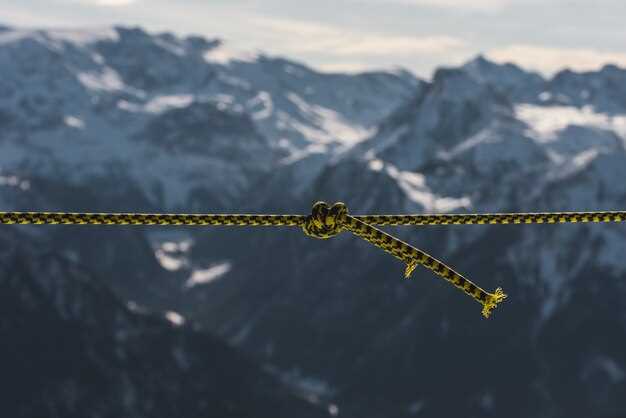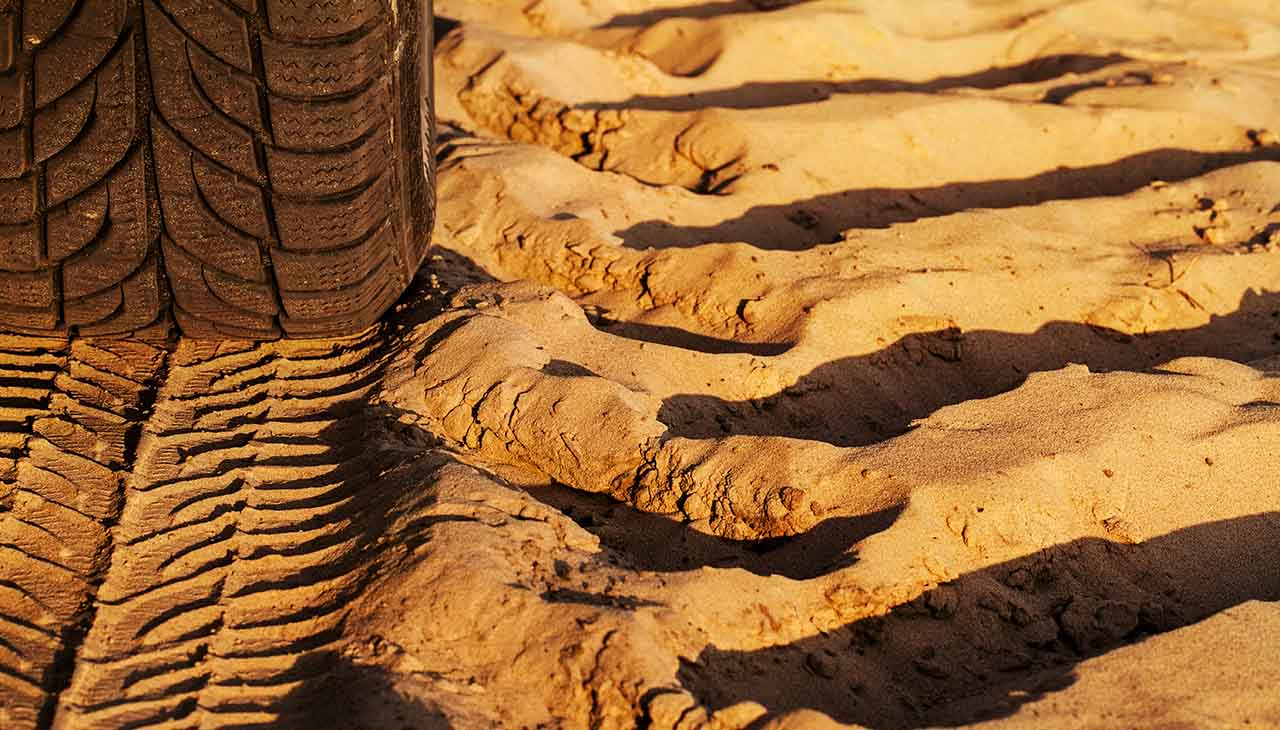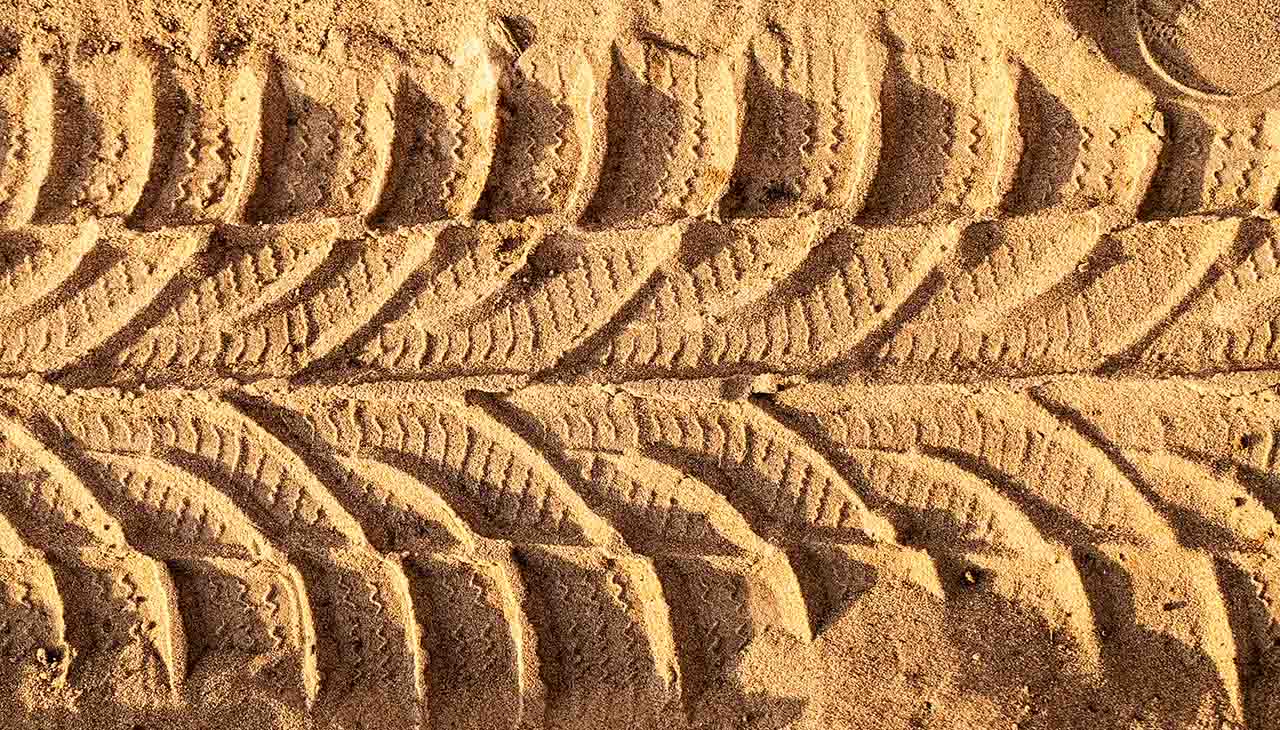
Climbing steep hills requires a combination of skill, strategy, and an adept understanding of vehicle mechanics. When racing up an incline, the choice of gear and the effective use of the clutch can significantly affect your performance. Mastering these techniques not only enhances your driving experience but also ensures that you maintain control and power throughout the ascent.
The appropriate gear selection is crucial when tackling challenging terrains. A lower gear allows for higher torque, which is essential for climbing steep hills without stalling. Understanding how to shift gears smoothly while managing the clutch can prevent unnecessary strain on your engine and optimize your vehicle’s power delivery. This article will delve into the intricacies of these methods, highlighting the importance of synchronization between throttle control and clutch engagement.
Moreover, racing up hills presents unique challenges that vary based on the vehicle type and terrain conditions. Knowledge of how to handle your vehicle’s gear ratios in steep climbs can make the difference between a successful ascent and a frustrating stall. By honing your clutch and gear techniques, you’ll be better equipped to handle any hill you encounter, gaining confidence in your driving capabilities and elevating your racing skills to new heights.
Optimal Gear Selection for Uphill Acceleration

When tackling steep inclines, optimal gear selection becomes crucial for maintaining momentum and achieving effective acceleration. Racing up a hill requires a strategic approach to shifting that minimizes the risk of stalling while maximizing power delivery to the wheels.
Initially, it’s essential to start in a lower gear before ascending. This lower gear allows for higher torque output, which is vital for overcoming gravitational resistance. As the climb steepens, smoother gear transitions can enhance acceleration without losing rhythm. Anticipate shifts to keep the engine in its power band; too early or too late can lead to a loss of speed or increased strain on the drivetrain.
During the ascent, focus on using the middle to lower RPM range to maintain control and prevent the engine from bogging down. Shifting too frequently can disrupt your cadence, so find a balance that suits your riding style. Gradually move to higher gears as the gradient lessens, allowing you to optimize your speed while conserving energy.
Moreover, smooth and deliberate pedal strokes facilitate effective shifting. This technique helps maintain traction, especially on loose or uneven surfaces. Monitoring terrain conditions is crucial; on a slippery hill, it may be wise to stay in a lower gear longer to maximize grip.
Mastering gear selection and shifting strategies during uphill acceleration not only improves racing performance but also enhances overall control and efficiency. A well-timed shift can be the difference between a steady ascent and a stalled climb, making it a fundamental skill for any rider tackling steep hills.
Perfecting Clutch Control to Prevent Stalling
Mastering clutch control is essential for drivers tackling steep climbs. Proper technique not only prevents stalling but also enhances overall vehicle performance during shifting, especially on inclines. Here are several strategies to achieve effective clutch control.
- Understanding Engine Load: When approaching a hill, be aware of the increased torque required to move your vehicle. Shift to a lower gear before hitting the incline to ensure your engine can handle the load.
- Gradual Engagement: As you start to ascend, slowly release the clutch while simultaneously applying throttle. This gradual engagement helps maintain power to the wheels, preventing stalling.
- Use of Handbrake: To assist with clutch control, engage the handbrake when stopped on a hill. This allows you to focus on smoothing out the clutch and throttle application without rolling backward.
- Throttle Awareness: Maintain an even rev range as you shift gears. Applying too much throttle can cause the wheels to spin, while too little may stall the engine.
- Practice Smooth Transitions: Practice shifting between gears smoothly. This will help in maintaining momentum as you climb, ensuring you don’t put excessive strain on the engine.
Perfecting these techniques will significantly reduce the chances of stalling while navigating steep hills. Regular practice will build muscle memory, making clutch control instinctive, especially in challenging driving conditions.
- Start in lower gears when approaching steep grades.
- Gradually release the clutch while increasing throttle.
- Utilize handbrake for better control on hills.
- Keep engine revs steady during gear shifts.
- Continuously practice these techniques to build confidence.
Techniques for Smooth Gear Shifting During Hill Climbs

Mastering smooth gear shifting during hill climbs is essential for maintaining speed and control, especially in racing scenarios. The right techniques can significantly improve performance and prevent unnecessary strain on the drivetrain.
First, anticipate the hill’s gradient. Assess the incline before you reach it to prepare your shifting strategy. Ideally, you should start the ascent in a suitable gear that allows for steady pedaling while maintaining your momentum.
As the hill steepens, gradually shift to a lower gear. This helps maintain a consistent cadence without overexerting yourself. Shift early rather than late; waiting too long can lead to lost momentum and increased fatigue.
When transitioning between gears, apply a smooth and steady pressure to the pedals. Avoid sudden shifts that can disrupt your rhythm and cause momentary loss of traction. A seamless shift will allow you to power through the climb more effectively.
Utilize your bike’s gear ratios to your advantage. Different gearing setups perform uniquely under various conditions. Practice finding the optimal gear for different hill profiles to improve your shifting technique further.
Finally, maintain focus on your body position. Keep your weight balanced over the pedals and stay relaxed. A tense posture can hinder your ability to shift smoothly, making it challenging to tackle demanding climbs. By incorporating these techniques, you’ll enhance your control and efficiency during hill climbs, resulting in better racing performance.




